Nikon D500 First Shots: The long wait is over as the successor to the D300S touches down in our lab
posted Tuesday, May 3, 2016 at 8:50 AM EDT
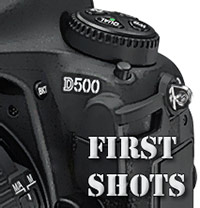
Six and a half years is some long wait for a successor! But that's how long it's been since Nikon brought the D300S to the higher-end APS-C market, the follow-up to the popular D300 from 2007. Today the Nikon D500 finally touched down in our test laboratory and our senior lab technician Luke Smith wasted no time getting started.
It should be noted that Luke has shot ~97% of all test lab shots relating to camera bodies for IR dating back to before the arrival of the D300! This is quality control you can't get elsewhere, folks. The same target and the same photographer for more than ten years make for a mighty even playing field over time. So... let's get to it!
For anyone wanting to go straight to our First Shots just head directly to our Nikon D500 Samples page to view our Still Life target across the ISO spectrum (which, by the way, has an extended range from ISO 50 to ISO 1,638,400!). And to make your own custom comparisons against any camera we've tested across the available ISO range please see our Comparometer. For everyone else, read on!
To get a good initial look at some of the most obvious comparisons, we'll certainly want to view a few side-by-sides against the Nikon D300S, as that should be a good measuring stick for how far the line has progressed in the 78 months between models (not to mention enthusiast camera technology in general!). Next, we'll take a head-to-head look against perhaps its biggest competitor, the Canon 7D Mark II. Some of you may also want to see how it compares to the Nikon D750, which has a full frame sensor for roughly the same price (though lower specs in certain key performance areas). And lastly, we'll take a look beside the Sony A6300, which while not similar in price, is the highest-end APS-C camera currently offered by Sony and a popular comparison on our site.
Nikon D300S vs Nikon D500
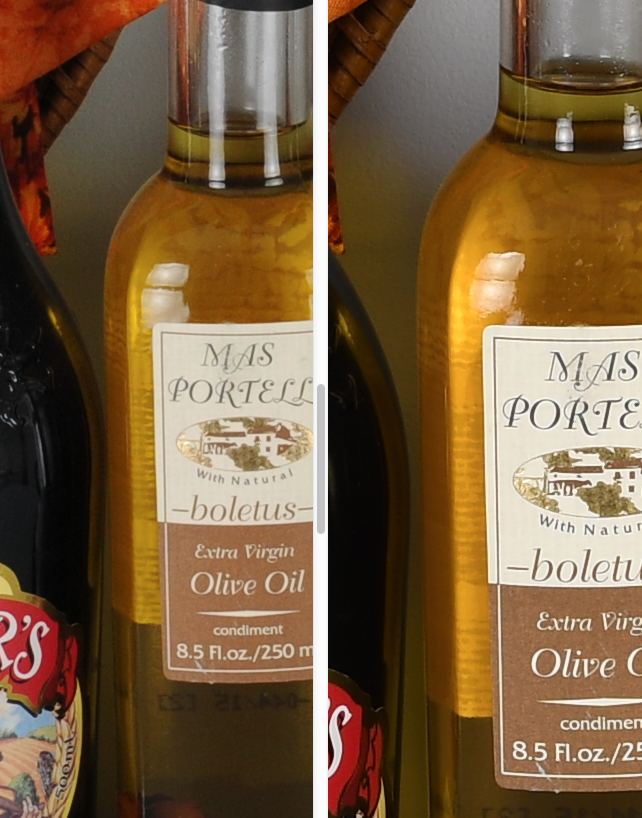
For its day the D300S certainly did a good job at base ISO, which for that model is ISO 200, but it's amazing how far the advancement in image quality is even before ISO rises. The D300S has a 12.3mp sensor compared to the 20.9mp chip in the D500, which accounts for the apparent difference in size here with 1:1 crops. Just as noticeable is the increase in fine detail and dynamic range of the Nikon D500.
(You've come a long way, baby!)
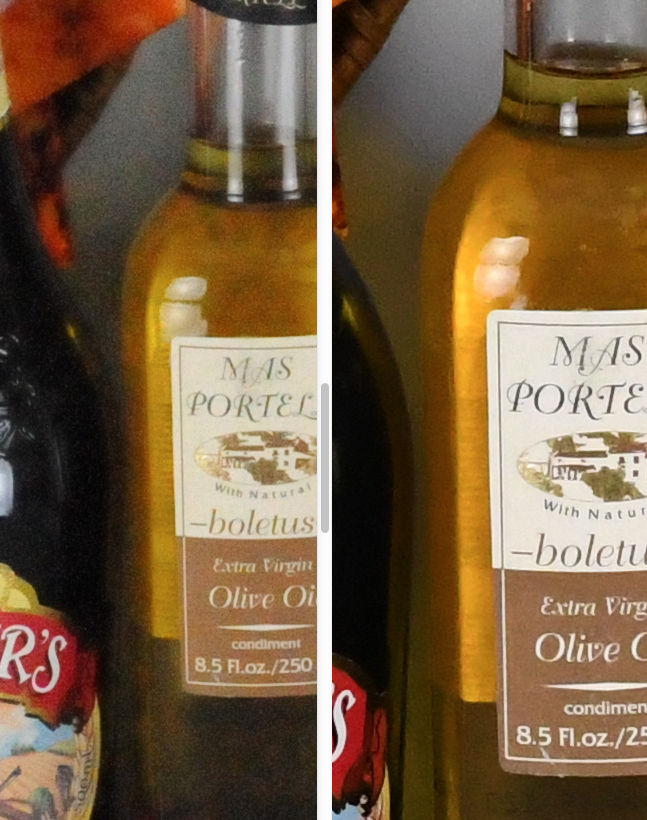
Much more striking of course is the difference in image quality here at ISO 6400. This is the highest ISO achievable on the D300S, while the maximum native ISO of the D500 is 51,200, which is a full three stops higher. The Nikon D500 does a nice job of preserving fine detail here at ISO 6400 while keeping the overall noise levels to a respectable level for the most part.
Canon 7D II vs Nikon D500
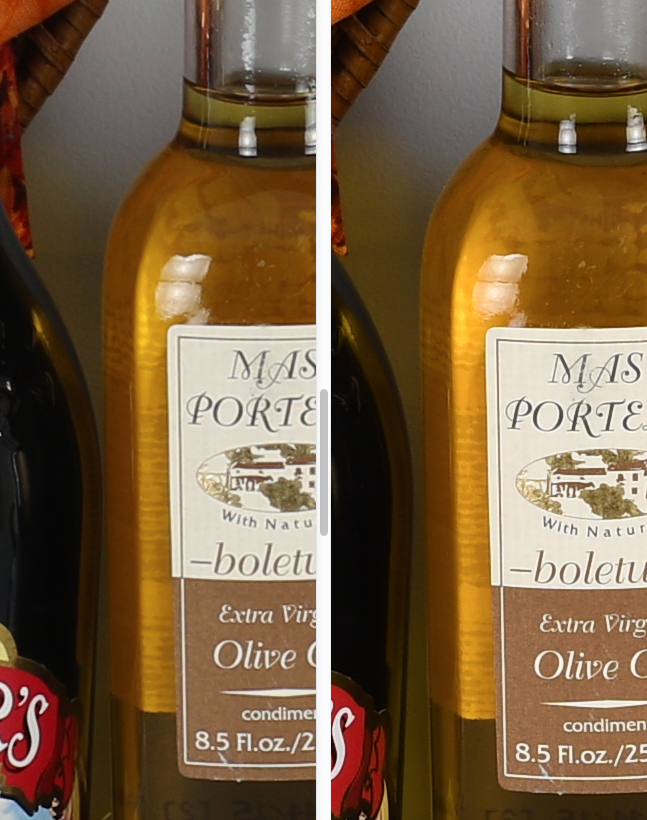
These two prime-time competitors from rival camps share similar resolutions, with the 7D II sporting a 20.2mp chip to the 20.9mp on the D500. The Nikon D500 certainly seems to be able to extract more fine detail from the lettering in the bottle, and in general, but the difference could partially be the result of these being default in-camera JPEGs.
(RAW files are available for most lab shots in the respective samples pages (7D II / D500) for download!)
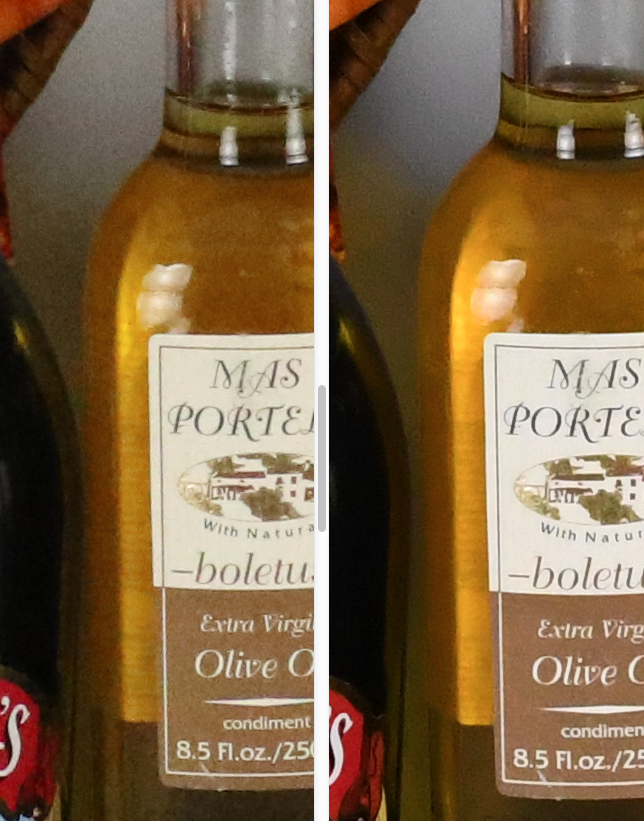
This ISO shows a more dramatic difference in these two models, with the Nikon D500 clearly able to extract more fine detail while suffering less noise as a result. The Canon 7D II lags in most areas of this crop in comparison.
Nikon D750 vs Nikon D500
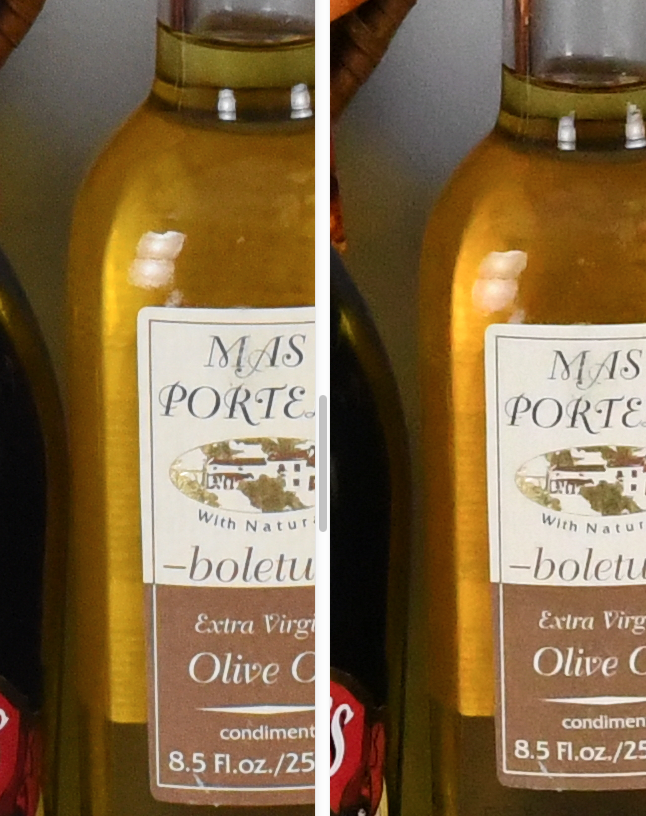
Taking a look only at ISO 6400 here to see how much you can expect to gain by going full frame, the Nikon D750 has a higher resolution sensor at 24.3mp, but still has larger pixels since the sensor area is so much larger respectively, and as such we'd expect stronger performance as ISO rises. The noise is certainly more well-controlled, but I wouldn't call the difference striking by any means, so if you're a D750 shooter looking for a back-up body or one with different skill sets in the performance arena, this comparison should be a good demonstration that the Nikon D500 can match stride with the D750 to some degree as ISO rises.
Sony A6300 vs Nikon D500
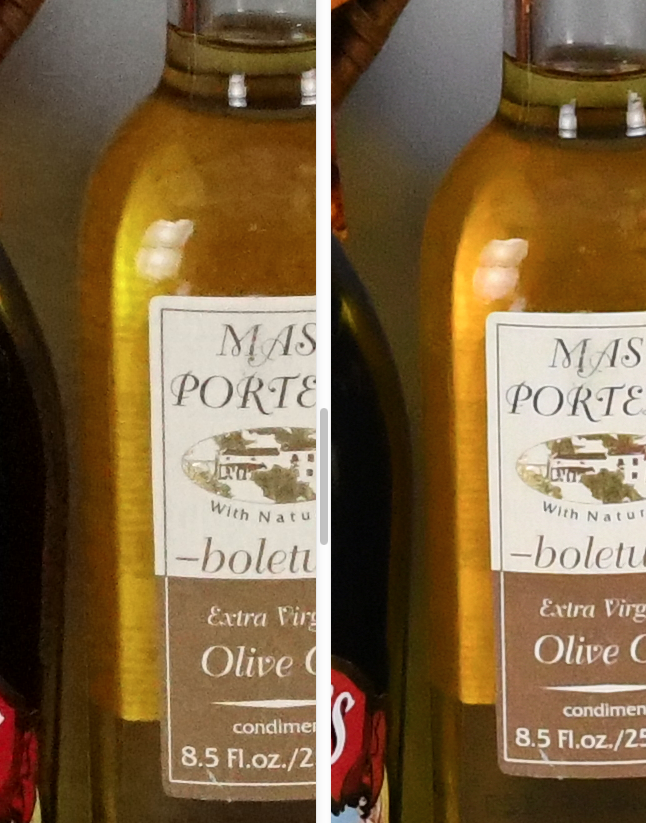
This is a popular A vs B comparison on our site, so I thought we'd take a quick look at ISO 6400 to see if these two are in the same ballpark for I.Q. The Sony A6300 has a similar resolution as the D750 at 24.2mp, but given the APS-C sensor the pixels are smaller in comparison to the Nikon D500. This along with differences with the in-camera JPEG processing, and likely additional factors, show a fairly significant advantage to the Nikon D500 here for general image quality.
We're just getting warmed up, so stay tuned for much more to come on the Nikon D500!
Nikon D500 Overview • Lab Samples • Best Prices
Nikon D300S vs Nikon D500
Canon 7D II vs Nikon D500
Nikon D750 vs Nikon D500
Nikon D500 vs Sony A6300
(Thanks for making your camera purchases through one of our trusted affiliate links! You'll get the same low price, and the satisfaction of knowing that you've single-handedly helped us keep these tests and reviews coming your way.)
